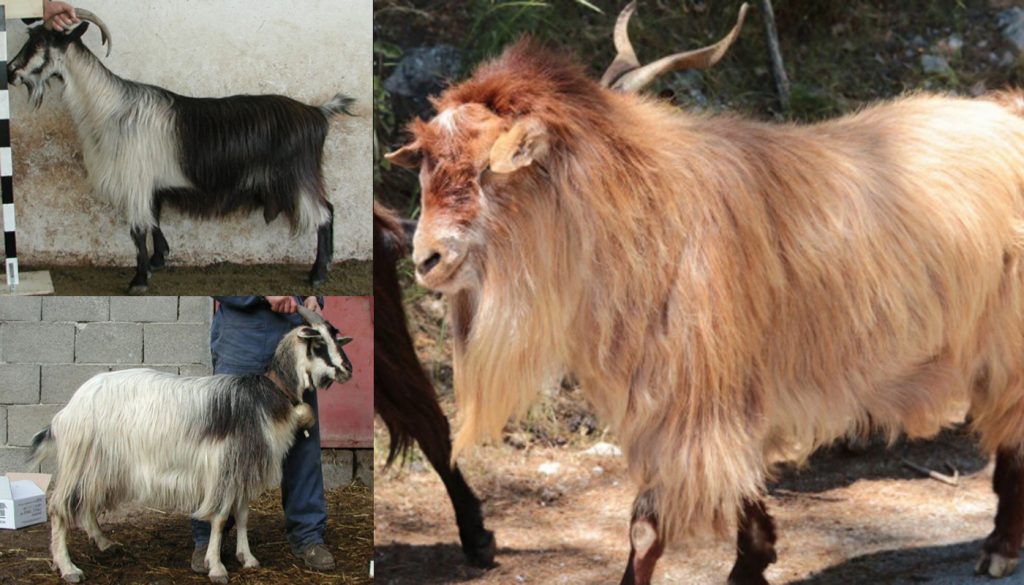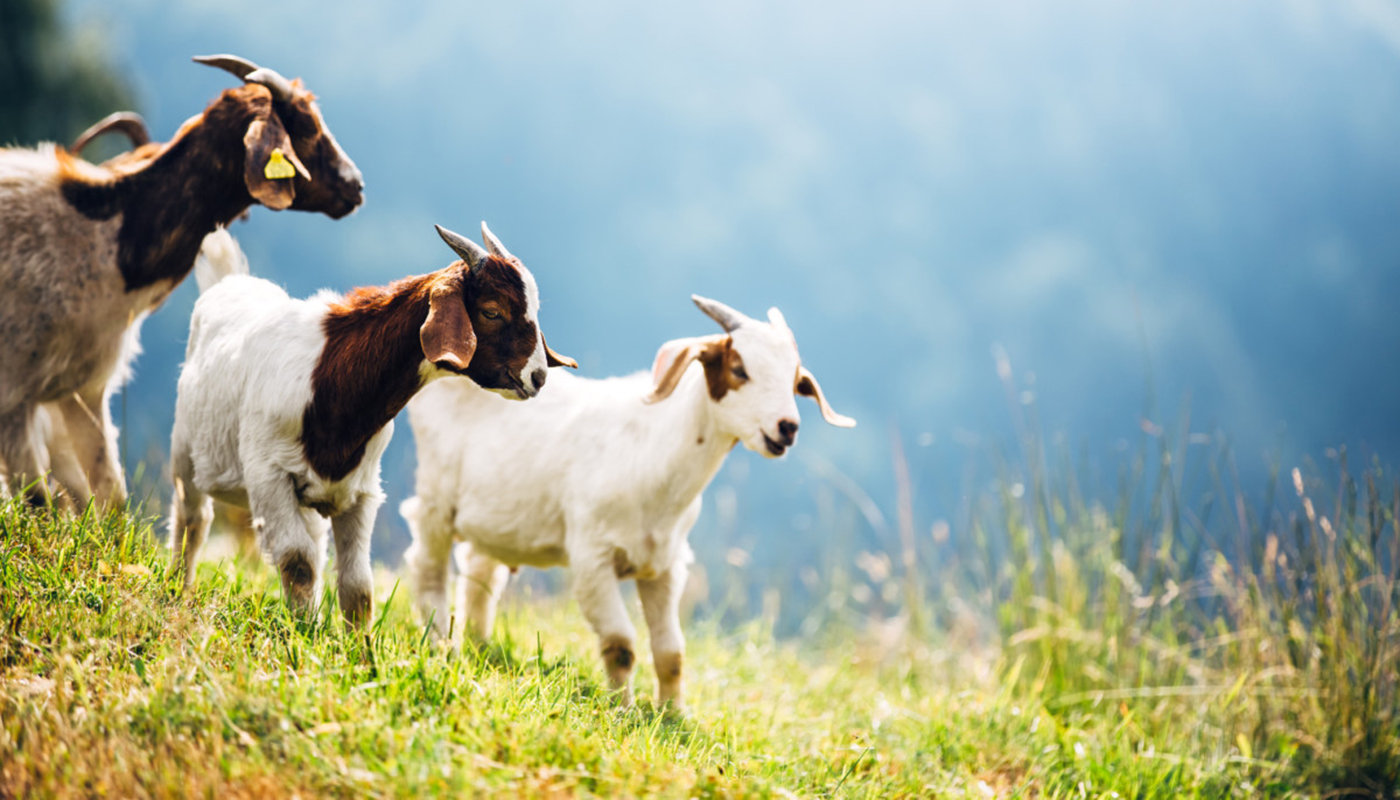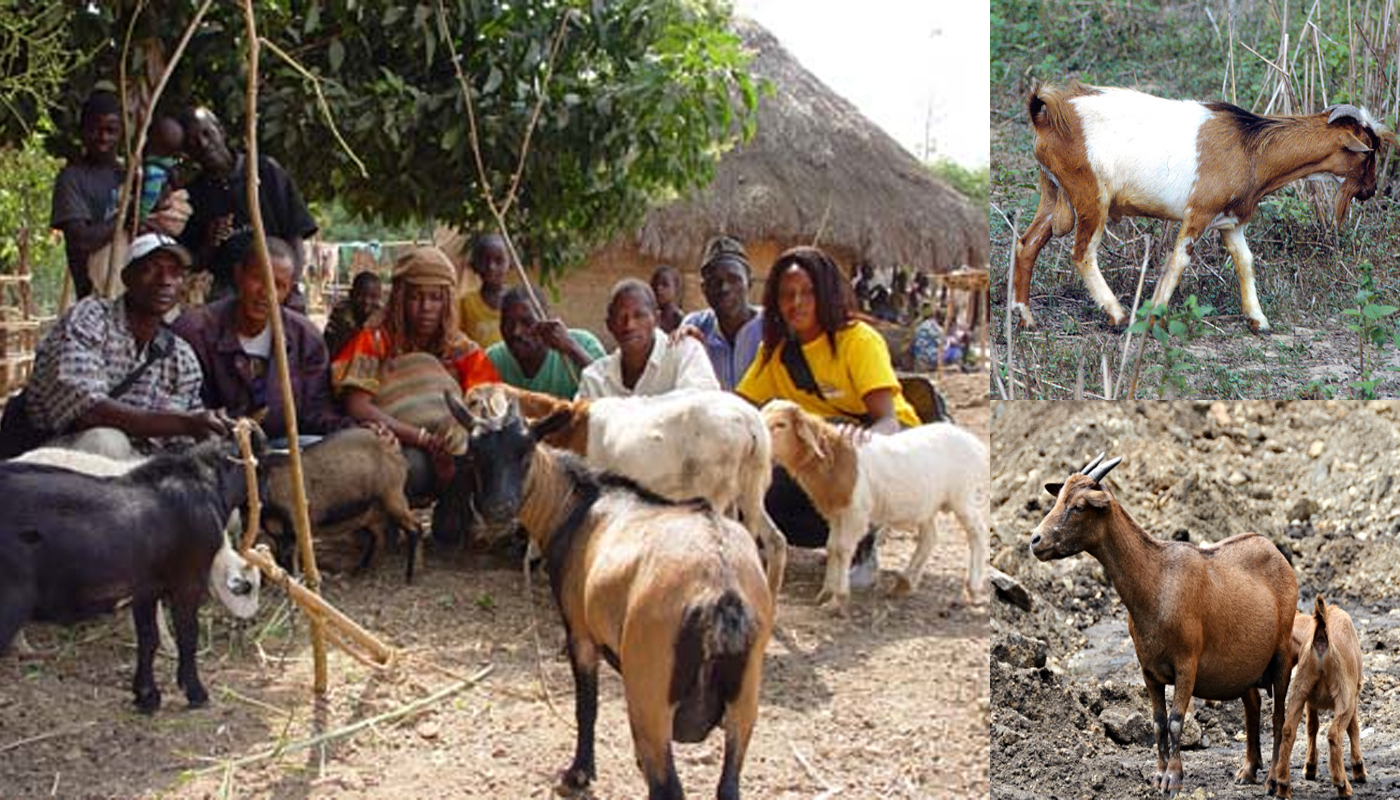
The Sarda goat is sadly not as in abundance as it once was. With commercial goat breeders popping up all the time and production of new hybrid type breeds that surpasses a lot of the older breeds in both meat, milk and fiber production. Most of the heritage breeds have found themselves in trouble with their numbers on the decline along with the threat of losing some of the most useful and versatile goat breeds on the planet.
Sarda Goat Goat Quick Profile Overview
| These beautiful goats are from Italy and love the hilly rough terrain of some of the Italian hills | |
| Country of Origin: | Italy |
| Other Names: | None |
| Breed Size: | Medium |
| You may Also Like: | Top 12 Large to Largest Goat Breeds |
| You may Also Like: | 11 Smaller and Miniature Goat Breeds |
| Main Purpose: | Milk and meat |
| Can be used for | Breeding ,Meat, Milk, Pets |
| You may Also Like: | 10 Best Goat Breeds for Meat Production |
| You may Also Like: | Top 10 Best Dairy Goat Breeds |
| Temperament: | They are docile and well-mannered goats but can be a bit wary |
| Good with Kids? | They are not really bred to interact with children |
| You may Also Like: | 10 Best Goat Breeds to Keep as Pet |
| Ideal Environment: | They love the wild open spaces and are more suited to bigger farms where there is plenty of space to free-range with lots of hills. | Ideal Climate: | All climates |
| Conservation Status: |
Not Listed by the *ALC Status/ Rarity: Common |
| Health Issues? | No known health issues |
| Good Starter Goat? | They are more for the experienced farmer |
| Goat Associations: | Associazione Nazionale della Pastorizia |
| Goat Clubs: | No known goat breeders’ clubs |
| Note: *ALC stands for American Livestock Conservancy | |
PHYSICAL CHARACTERISTICS
| They have a long compact body with a long shaggy coat. They are bright and alert with medium to long sized legs and a small head with a long snout. | ||
| Color(s): | Various coat colors that are usually two-toned mainly with a predominantly white/off-white base. White and gold, white and black, white and gray and black, white and light lemon, white and red and a few more color combinations There are no color variances between that of the does and bucks coats. |
|
| Goat⇒ | Doe | buck |
| Breed Weight: | 50 lbs. | 67 kg |
| Breed Height: | 70 cm at withers | 77 cm at withers |
| Hair: | Long, soft and a bit shaggy | Long, soft and a bit shaggy |
| Ears: | Tubular, pert and stand erect from the side of their head | Tubular, pert and stand erect from the side of their head |
| Horns: | Their horns are medium length, thick and rise up in a V-shape before branching outwards with a twist at the end of them | Their horns are medium length, thick and rise up in a V-shape before branching outwards with a twist at the end of them |
| Matures at age: | 5 to 15 months | 3 to 15 months |
| Puberty Age: | 4 to 10 months | 4 to 9 months |
| Breeding Age: | 18 months | 1 year |
| Breeding Traits: | 1 Breeding cycle | Cover 20 to 30 does in 1 season |
DOE BREEDING & MILKING INFORMATION
| They usually breed once a year and produce mostly twins or triplet births | |
| Breeding Period/cycle: | Usually lasts 12 to 36 hours Ave. 21 days/18 to 24 days |
| Gestation Period: | Usually, around 148 to 155 day but most are 150 days |
| Kids: | 1 to 4 kids per litter |
| Good Mothers? | They will tend to their young until they are weaned and able to fend for themselves. |
| Lactation Period: | Usually around 250 to 284 days. Most common is 284 days |
| Milk Quality: | They can produce up to 62 liters per lactation and their milk has a 3.94 percent protein content |
| Milking Level: | They are quite easy and calm to milk |
| You may Also Like: | Top 10 Best Dairy Goat Breeds |
GOOD TO KNOW
| Some information that is good to know about the Sarda goat | |
| Where to buy them: | There is not much information on where these goats can be bought, and they are mainly found in Italy where they are registered in the Italian Goat breeders herd book as a protected species |
| Agility: | They are very nimble and thrifty able to easily and agile navigate hilly terrain |
| Interact with other animals: | They are a wary breed and prefer sticking to socializing with their own species |
GENERAL INFORMATION:
The Sarda goat prefers the environment such as that of the arid soils and hills of the Sardinian Island.
They are very hardy and are just as at home being raised in the wild as they are under a management policy.
They are one of the top dairy producing goats and have an excellent milk yield and good lactation period. Their milk contains an average of 3.94 percent of protein and a good proportion of butterfat.
Although they have long flowing beautiful locks they are not readily used for fiber production
HISTORY
The Sarda goat is a breed that is indigenous to the Mediterranean Island of Sarda which is situated off the west coast of central Italy.
This is quite an ancient breed that has the bloodlines of the Malta goat in it. It is believed that the Sarda goat was derived from the breeding of the various breeds, including the Maltese goat breed, that was introduced to the Sarda Island.
The Sarda goat is most prevalently raised in the provinces of Cagliari and Nuoro. It is also one of the eight breeds of Italian goats kept in the herd book which is run and protected by the Associazione Nazionale della Pastorizia.
VIDEO
USEFUL LINKS
- American Goat Society(AGS)
- American Goat Federation (AGF)
- American Dairy Goat Association (ADGA)
- American Cashmere Goat Association (ACGA)
- Canadian Meat Goat Association (CMGA)
- Canadian Goat Society (CGS)
- Animal Shelter (ASPCA)
- American Veterinary Medical Association
- American Poultry Association
- American Animal Welfare Society
- American Animal Control
- American Animal Husbandry Society
 Russian White Goat Breed – Everything You Need to Know
Russian White Goat Breed – Everything You Need to Know Sable Saanen Goat Breed – Everything You Need to Know
Sable Saanen Goat Breed – Everything You Need to Know 10 Most Popular Goat Breeds
10 Most Popular Goat Breeds Nigerian Dwarf Goat Breed – Everything You Need to Know
Nigerian Dwarf Goat Breed – Everything You Need to Know West African Dwarf Goat Breed – Everything You Need to Know
West African Dwarf Goat Breed – Everything You Need to Know Valais Blackneck Goat Breed – Everything You Need to Know
Valais Blackneck Goat Breed – Everything You Need to Know Alpine Goat Breed – Everything You Need to Know
Alpine Goat Breed – Everything You Need to Know Discover 8 Unusual Goat Breeds From Around the World | Unique Characteristics & Cultural Significance
Discover 8 Unusual Goat Breeds From Around the World | Unique Characteristics & Cultural Significance Top 10 Best Dairy Goat Breeds
Top 10 Best Dairy Goat Breeds Kaghani Goat Breed – Everything You Need to Know
Kaghani Goat Breed – Everything You Need to Know Kiko Goat Breed – Everything You Need to Know
Kiko Goat Breed – Everything You Need to Know Angora Goat Breed – Everything You Need to Know
Angora Goat Breed – Everything You Need to Know